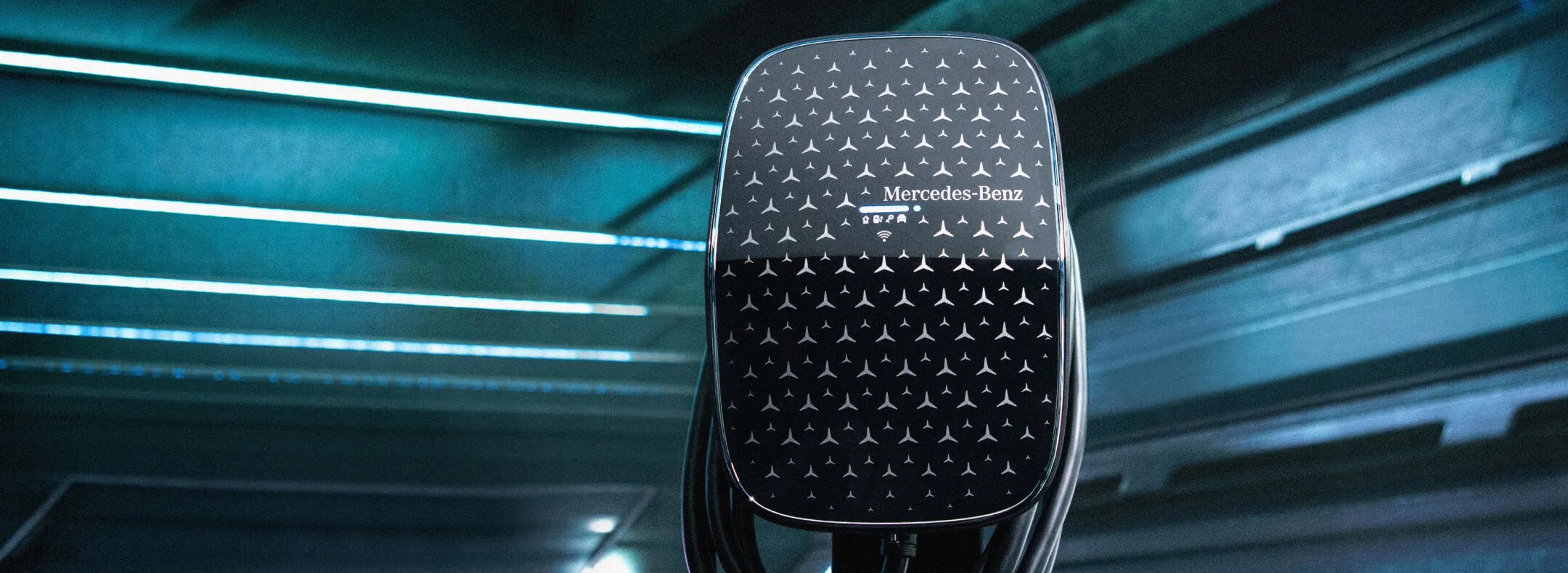
So, you’ve made the leap to an electric vehicle. That instant torque is addictive, right? And the silence—just a quiet hum where an engine’s roar used to be. But here’s a question that nags at a lot of new EV owners: what about maintenance? The old rituals of oil changes and spark plug replacements are gone. Does that mean there’s nothing left for you to do?
Well, not exactly. While EVs are famously simpler under the hood—or, more accurately, under the frunk—they still benefit from a watchful eye and some basic TLC. The good news? A lot of it is surprisingly easy to handle yourself. Let’s dive into the world of DIY EV maintenance.
The EV Maintenance Mindset: Less Grime, More Tech
Think of maintaining an EV less like wrenching on a machine and more like caring for a sophisticated electronic device. You’re swapping grease for software, and fan belts for firmware. The core principles are vigilance, cleanliness, and understanding the unique systems that keep your car gliding down the road.
Your Essential DIY EV Maintenance Checklist
1. Tire Care & Rotation
This is a big one. EVs are heavy. All that battery weight means tires wear out faster. And that instant torque? It’s fun, but it can also lead to quicker tread wear if you have a heavy foot.
What you can do:
- Check pressure monthly: Properly inflated tires are crucial for safety, handling, and—most importantly for EV owners—maximizing your range. Under-inflated tires create more rolling resistance, silently sipping away your precious miles. Check when the tires are cold for the most accurate reading.
- Rotate regularly: Follow your manufacturer’s schedule, usually every 6,000 to 8,000 miles. This promotes even wear and extends the life of your tires, which is a significant cost savings.
- Inspect tread depth: Keep an eye out for uneven wear, which could signal an alignment issue.
2. Brake System Preservation
Here’s a fantastic EV perk: regenerative braking. This clever system uses the electric motor to slow the car, capturing energy and sending it back to the battery. The side effect? Your traditional friction brakes are used far less frequently.
What you can do:
- Visual inspection: At least twice a year, take a peek at your brake pads. Because they’re used so little, they often last well over 100,000 miles. But you still want to ensure they’re not seized or corroded from lack of use.
- Listen for noises: A slight rust film on the rotors after rain is normal and usually cleans off after one or two brake applications. But if you hear consistent grinding or scraping, it’s time for a professional look.
- Brake fluid check: Refer to your manual, but checking the brake fluid level and condition is a simple visual check any DIYer can handle.
3. The Cabin Air Filter
This is perhaps the single most satisfying DIY job on an EV. It’s pure, simple, mechanical maintenance that hasn’t changed with the electric revolution. A clean cabin air filter ensures the air you breathe inside the car is free of pollen, dust, and pollutants.
Replacement intervals vary, but it’s typically an easy job. It’s usually located behind the glove compartment or under the frunk. A quick YouTube search for your specific model will show you exactly how to do it in minutes. Seriously, it’s a 10-minute job that saves you a pricey dealership visit.
4. Wiper Blades & Washer Fluid
Don’t forget the basics. Visibility is safety. Check your wiper blades for streaking or cracking and replace them as needed. Top up your washer fluid reservoir with a seasonal blend—summer fluid for bug removal, winter fluid with antifreeze properties for colder climates. It’s a trivial task that makes a huge difference.
5. Cooling System Check (The Visual Once-Over)
The battery and motor in your EV need to stay within a specific temperature range to operate efficiently and last a long time. They use a cooling system—often with a special coolant—to manage this.
What you can do: This is mostly about observation. Once in a while, pop the frunk and just look at the coolant reservoir. It’s usually a clear plastic container with “MIN” and “MAX” lines. Ensure the liquid level is between those lines. If it’s significantly low, that’s a sign to schedule a service appointment. Topping it off yourself is not recommended unless you’re an experienced DIYer, as EVs often use specific coolants and require a bubble-free process.
The “Don’t You Dare” List: What to Leave to the Pros
Your safety is paramount. EVs operate at extremely high voltages—we’re talking hundreds of volts. This is not the domain for weekend experimentation.
- The High-Voltage Battery Pack: It’s sealed for a reason. Do not attempt to open, probe, or modify anything related to the high-voltage system (usually encased in bright orange wiring).
- The Charging Port and Cable: Keep it clean and dry, but if there’s any physical damage or fault, let a certified technician handle the repair.
- Any Software or Firmware Updates: While some updates happen over-the-air, major ones might require a dealer visit. Don’t try to “jailbreak” or modify your car’s software.
The Digital Side of DIY: Reading the Data
Your most valuable maintenance tool might be your car’s touchscreen. Modern EVs are data hubs. Get familiar with the energy consumption screens. Notice a sudden, unexplained drop in efficiency? It could point to a tire pressure issue or a dragging brake caliper.
Pay attention to your charging habits. The general wisdom for battery longevity is to keep the state of charge between 20% and 80% for daily use, only charging to 100% for longer trips. Your car’s scheduling features can help you automate this.
A Clean Machine is a Happy Machine
It sounds silly, but honestly, keeping your EV clean is a form of maintenance. Regularly washing the body and undercarriage, especially in winter if roads are salted, prevents corrosion. A clean interior protects your investment. And a clear, clean set of sensors and cameras is absolutely critical for the advanced driver-assistance systems (ADAS) that many EVs rely on.
So, while the era of Saturday morning oil changes might be over for you, a new kind of hands-on relationship with your car is just beginning. It’s quieter, cleaner, and more digital. It’s about being an attentive owner, listening to what your car is telling you through its screens and its silence. And that’s a maintenance schedule anyone can get behind.











